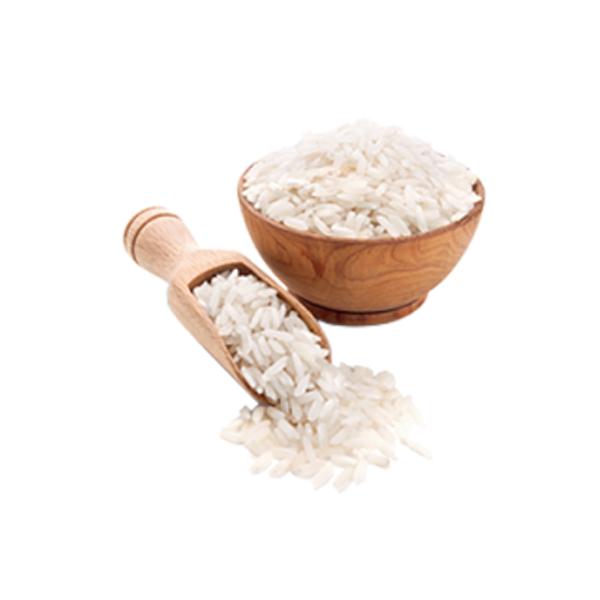Belfast General Trading (L.L.C.)
Product Range
Fact Sheet
- Location:Dubai, United Arab Emirates
- Year of Establishment:2008
- Business Type:Trading Company, Exporter, Importer
- Main Products:Rice, Corn, Kidney Beans, Lentils, Olive, Pineapple , Sugar, Tea
- Reviews & Rating:
Get Verified, Sell more with
- Buyer's trust
- Faster conversions
- Better Rankings
- More
Its Free
Verify NowRice
Rice is the seed of the monocot plants Oryza sativa (Asian rice) or Oryzaglaberrima). As a cereal grain, it is the most widely consumed staple food for a large part of the world's human population, especially in Asia and the West Indies.
- FOB PriceNA
- Min Order QuantityNA
- Payment TermsNA
Other Details
We are supplying Indian rice, Pakistani rice and Thai rice. Indian 1121 Sella rice is popular for banquets and festivities; whereas Pakistani Basmati rice is consumed on daily basis. Thai rice grains are usually shorter in length compared to Indian or Pakistani rice.
Packing Details
2kg in non-woven bags, 5kg in non-woven bags, 10kg in non-woven bags, 20kg in non-woven bags, 40kg jute bags, 1kg plastic pouch, 2kg plastic pouch, 5kg plastic pouch, 10kg plastic bag with handle, 20kg plastic bag with handle
About Rice
Rice is the seed of the monocot plants Oryza sativa (Asian rice) or Oryzaglaberrima (African rice). As a cereal grain, it is the most widely consumed staple food for a large part of the world's human population, especially in Asia and the West Indies. It is the grain with the second-highest worldwide production, after maize (corn), according to data for 2010.
Since a large portion of maize crops are grown for purposes other than human consumption, rice is the most important grain with regard to human nutrition and caloric intake, providing more than one fifth of the calories consumed worldwide by the human species.
Genetic evidence has shown that rice originates from a single domestication 8,200–13,500 years ago, in the Pearl Rivervalley region of China. Previously, archaeological evidence had suggested that rice was domesticated in the Yangtze River valley region in China. From East Asia, rice spread to Southeast and South Asia. Rice was introduced to Europe through Western Asia, and to the Americas through European colonization.
There are many varieties of rice and culinary preferences tend to vary regionally. In the Far East, there is a preference for softer and stickier varieties. Because of its importance as a staple food, rice has considerable cultural importance. Rice is often directly associated with prosperity and fertility. Therefore, there is the custom of throwing rice at weddings.
Rice is normally grown as an annual plant, although in tropical areas it can survive as a perennial and can produce aratoon crop for up to 30 years. The rice plant can grow to 1–1.8 m (3.3–5.9 ft) tall, occasionally more depending on the variety and soil fertility. It has long, slender leaves 50–100 cm (20–39 in) long and 2–2.5 cm (0.79–0.98 in) broad. The small wind-pollinated flowers are produced in a branched arching to pendulous inflorescence 30–50 cm (12–20 in) long. The edible seed is a grain (caryopsis) 5–12 mm (0.20–0.47 in) long and 2–3 mm (0.079–0.12 in) thick.
Rice cultivation is well-suited to countries and regions with low labor costs and high rainfall, as it is labor-intensive to cultivate and requires ample water. Rice can be grown practically anywhere, even on a steep hill or mountain. Although its parent species are native to Asia and certain parts of Africa, centuries of trade and exportation have made it commonplace in many cultures worldwide.
The traditional method for cultivating rice is flooding the fields while, or after, setting the young seedlings. This simple method requires sound planning and servicing of the water damming and channeling, but reduces the growth of less robust weed and pest plants that have no submerged growth state, and deters vermin. While flooding is not mandatory for the cultivation of rice, all other methods of irrigationrequire higher effort in weed and pest control during growth periods and a different approach for fertilizing the soil.
Varieties and hybrids
Basmati is a variety of long grain rice which is traditionally from India, Pakistan and Bangladesh.
There are several varieties of basmati rice. Traditional Indian types include 1121 Extra Long Grain Rice, basmati 370, basmati 385, and basmati Ranbirsinghpura (R.S.Pura). Pakistani varieties of basmati rice are PK 385, 1121 Extra Long Grain Rice, Super Kernel Basmati Rice and D-98.
Scientists at Indian Agricultural Research Institute, Delhi, genetically modified basmati to produce a hybrid semi-dwarf plant which had most of the good features of traditional basmati (grain elongation, fragrance, alkali content). This hybrid was called Pusa Basmati-1 (PB1; also called "Todal"); crop yield is up to twice as high as traditional varieties. Fragrant rice that are derived from basmati stock but are not true basmati varieties include PB2 (also called sugandh-2), PB3, and RH-10.
Images




